Czym jest mapowanie strumienia wartości?
Mapowanie strumienia wartościjest metodą zarządzania lean do analizy obecnego stanu i projektowania przyszłego stanu dla serii zdarzeń, które prowadzą produkt lub usługę od początku do klienta, z ograniczonymi stratami lean w porównaniu do obecnej mapy. Innymi słowy, strumień wartości koncentruje się na obszarach firmy, które dodają wartość do produktu lub usługi, podczas gdy łańcuch wartości odnosi się do wszystkich działań w firmie.
Celem jest przedstawienie przepływów materiałów i informacji w ramach wszystkich procesów dodających wartość, które są wymagane do produkcji i wysyłki produktu do klienta. Mapy strumienia wartości dokumentują wszystkie procesy używane do produkcji i wysyłki produktu, zarówno Dodające wartość i Nie dodające wartości (Odpady) procesy.
Zastosowania mapowania strumienia wartości
Mapowanie strumienia wartości ma metody wspierające, które są często używane w środowiskach Lean do analizy i projektowania przepływów na poziomie systemu (w ramach wielu procesów).
Chociaż mapowanie strumienia wartości jest często kojarzone z produkcją, jest również stosowane w innych branżach, takich jak:
- Logistyka,
- Łańcuch dostaw,
- Branże związane z usługami,
- Opieka zdrowotna,
- Rozwój oprogramowania,
- Rozwój produktu,
- Procesy administracyjne i biurowe.
Czas dodany vs czas nie dodany wartości
Większość producentów stara się wyeliminować wszystkie niepotrzebne koszty produkcji i zmarnowany czas. To sprawia, że ich linie produkcyjne są bardziej efektywne, a klienci są bardziej zadowoleni. Firmy mogą oferować lepsze produkty w niższej cenie, jeśli prowadzą operacje produkcyjne płynnie i efektywnie. Jednym ze sposobów, w jaki menedżerowie mierzą efektywność linii produkcyjnej, jest analiza czasu cyklu.
Czas cyklu mierzy ilość czasu potrzebnego do wyprodukowania produktu. Czas cyklu obejmuje czas procesu, czas inspekcji, czas transportu i czas oczekiwania. Wszystkie te procesy są częścią produkcji jednego produktu. Czas inspekcji, czas transportu i czas oczekiwania są uważane za procesy nie dodające wartości. Inspekcja komputera pod kątem wad lub przenoszenie go na rampę załadunkową nie poprawia komputera. Innymi słowy, te procesy nie dodają wartości do produktu.
Czas dodany składa się z procesów, które poprawiają produkty. Jedynym procesem dodającym wartość w przykładzie czasu cyklu jest czas procesu. To jest ilość czasu potrzebna do faktycznej produkcji produktu. Oczywiście, czas produkcji jest czasem dodającym wartość, ponieważ tworzy produkt z surowców. Produkt jest ulepszany na końcu czasu procesu.
Najczęściej, gdy proces jest uważany za proces dodający wartość, jest to rozpatrywane tylko z punktu widzenia klienta. Co mam na myśli, to to, że klienci nie dbają, czy firma musi poświęcać czas na pakowanie produktów lub wydawać pieniądze na ich przechowywanie. Żaden z tych procesów nie poprawia produktu w oczach klienta.
Przykład elektronicznego widgetu
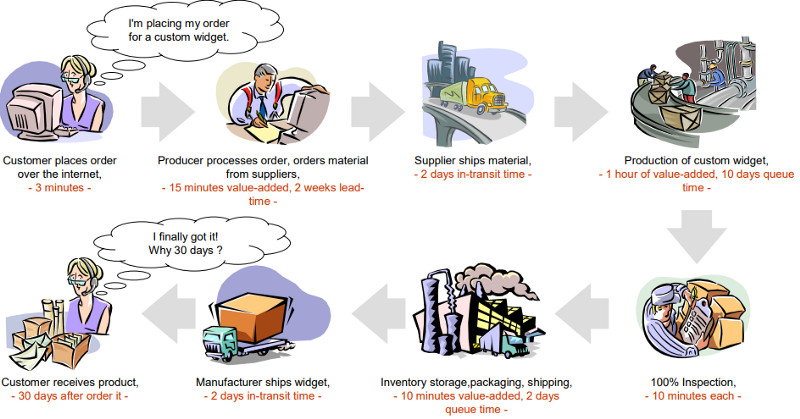
Czas dodany:
3 min (Złożenie zamówienia) + 15 min (Przetwarzanie zamówienia) + 1 godzina (Produkt widgetu) + 10 min (Pakowanie) = 1 godzina 25 minut
Czas od zamówienia do dostawy: 30 dni
Rodzaj odpadów
Daniel T. Jones (1995) identyfikuje siedem powszechnie akceptowanych rodzajów odpadów. Te terminy zostały zaktualizowane z oryginalnej nomenklatury systemu produkcyjnego Toyoty (TPS):
- Tempo szybsze niż konieczne: tworzenie zbyt dużej ilości dobra lub usługi, co szkodzi przepływowi produkcji, jakości i wydajności. Wcześniej określane jako nadprodukcja, prowadzi do strat związanych z przechowywaniem i czasem realizacji.
- Czekanie: każdy czas, w którym towary nie są transportowane ani przetwarzane.
- Transport: proces, w którym towary są przemieszczane. Wcześniej określane jako transport, obejmuje podwójne przenoszenie i nadmierne ruchy.
- Przetwarzanie: zbyt skomplikowane rozwiązanie dla prostych procedur. Wcześniej określane jako niewłaściwe przetwarzanie, obejmuje niebezpieczną produkcję. Zwykle prowadzi to do złego układu i komunikacji oraz niepotrzebnych ruchów.
- Nadmiar zapasów: nadmiar zapasów, który prowadzi do dłuższych czasów realizacji, zwiększonej trudności w identyfikacji problemów i znacznych kosztów przechowywania. Wcześniej określane jako zbędne zapasy.
- Niepotrzebny ruch: ergonomiczne odpady, które wymagają od pracowników użycia nadmiernej energii, takiej jak podnoszenie przedmiotów, schylanie się lub rozciąganie. Wcześniej określane jako niepotrzebne ruchy, zazwyczaj do uniknięcia.
- Korekta błędów: wszelkie koszty związane z wadami lub zasobami potrzebnymi do ich naprawy.
Szukając wartości Oprogramowanie do mapowania strumienia?
Polecam dobre narzędzie do tworzenia diagramu (VSM).Visual Paradigm Onlineułatwia i przyspiesza tworzenie profesjonalnych map strumienia wartości. Narzędzie do mapowania strumienia wartości zawiera bogaty zestaw symboli mapowania strumienia wartości. Łącząc to z edytorem VSM typu przeciągnij i upuść oraz potężnym zestawem funkcji, możesz łatwo tworzyć profesjonalne mapy strumienia wartości.
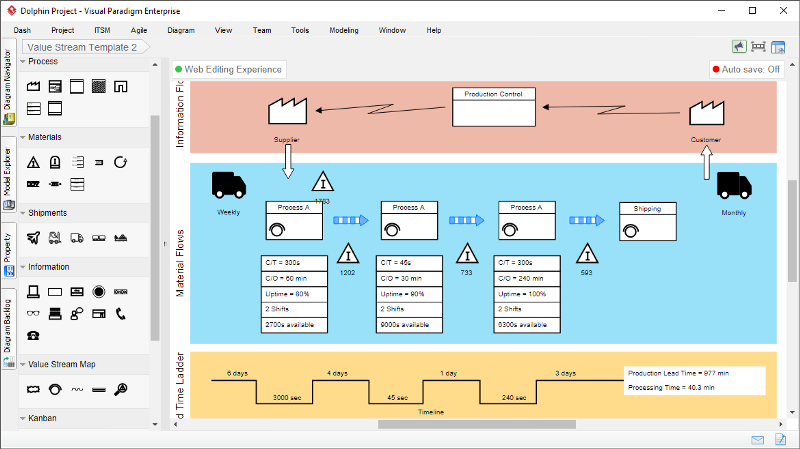
Prosta edycja
- Łatwo rozwijaj mapowanie strumienia wartości za pomocą przeciągania i upuszczania oraz kliknięć myszy. Użyj przewodnika wyrównania, aby precyzyjnie ustawić kształty podczas przeciągania.
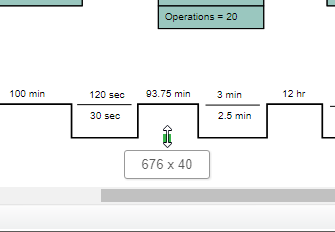
Łatwa współpraca
- Członkowie zespołu mogą rysować wspólnie i jednocześnie. Mogą nawet edytować na tej samej diagramie, nie psując pracy innych.

Wiele formatów wyjściowych
- Udostępnij swoje diagramy współpracownikom i przyjaciołom, eksportując diagramy do obrazów (PNG, JPG, SVG, GIF) lub PDF.
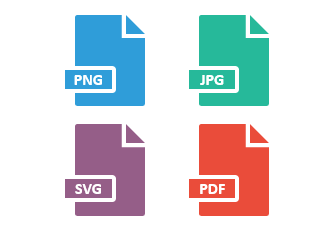
INTEGRACJA Z MS OFFICE
- Zamiast kopiować i wklejać statyczne obrazy, osadź swoje mapowanie strumienia wartości w aplikacjach MS. Obsługiwane są Word, PowerPoint, OneNote i Outlook.
RYSUJ WŁASNYMI KSZTAŁTAMI
- Utwórz paletę składającą się z twoich szablonów w formatach obrazów (np. SVG, JPG, PNG itp.) i użyj ich w swoim projekcie.
Utwórz diagram mapowania strumienia wizualnego
VP Online oferuje bogaty zestaw profesjonalnie zaprojektowanych szablonów mapowania strumienia wartości, które sprawiają, że stajesz się natychmiastowo produktywny. Oto kilka z nich. Kliknij na szablon, aby go zobaczyć, lub kliknij Edytuj, aby rozpocząć edytowanie – nie jest wymagana wcześniejsza rejestracja!
Więcej szablonów strumienia wartości jest dostępnych w narzędziu do mapowania strumienia wartości.
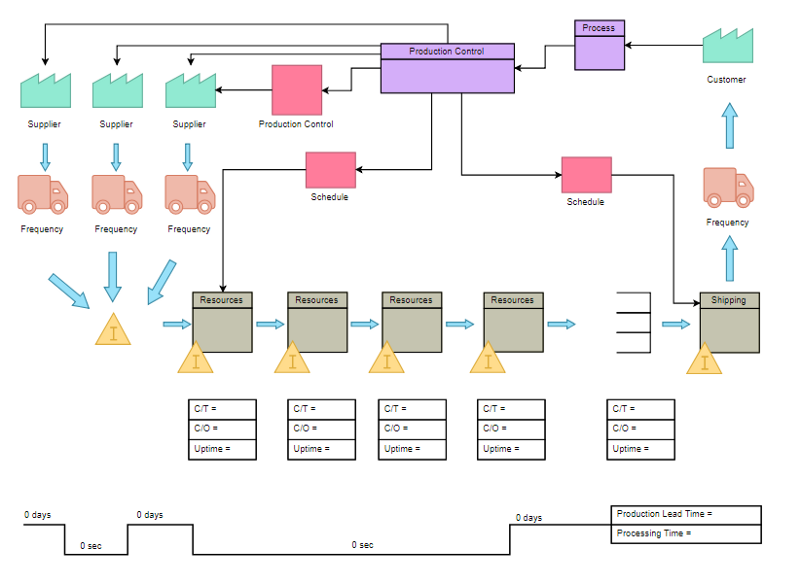
Kliknij i edytuj VSM natychmiast
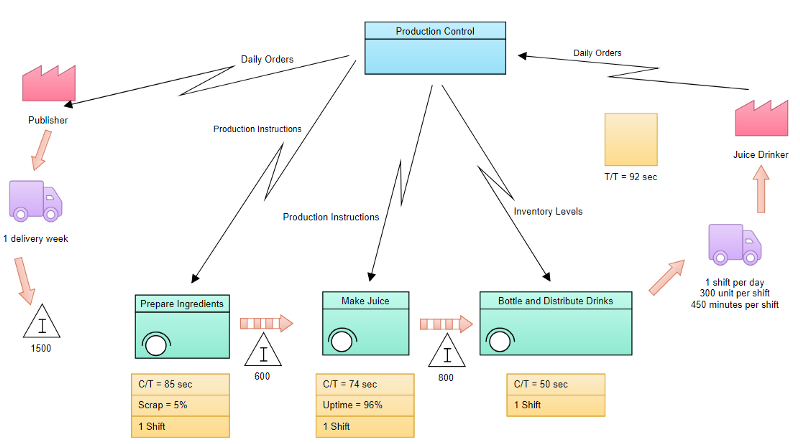
(Kliknij i edytuj VSM natychmiast)
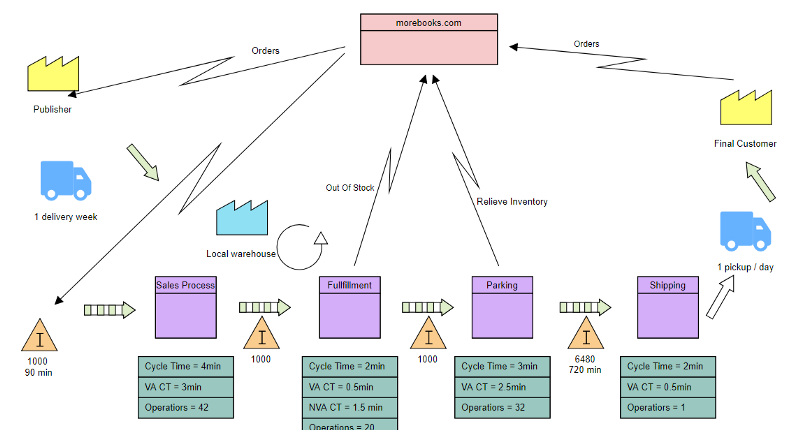
Kliknij i edytuj VSM natychmiast
Więcej przykładów mapowania strumienia wartości w galerii (Natychmiast edytuj i otwórz)
Ten post dostępny jest również w Deutsch, English, Español, فارسی, Français, Bahasa Indonesia, 日本語, Portuguese, Ру́сский, Việt Nam, 简体中文 and 繁體中文













